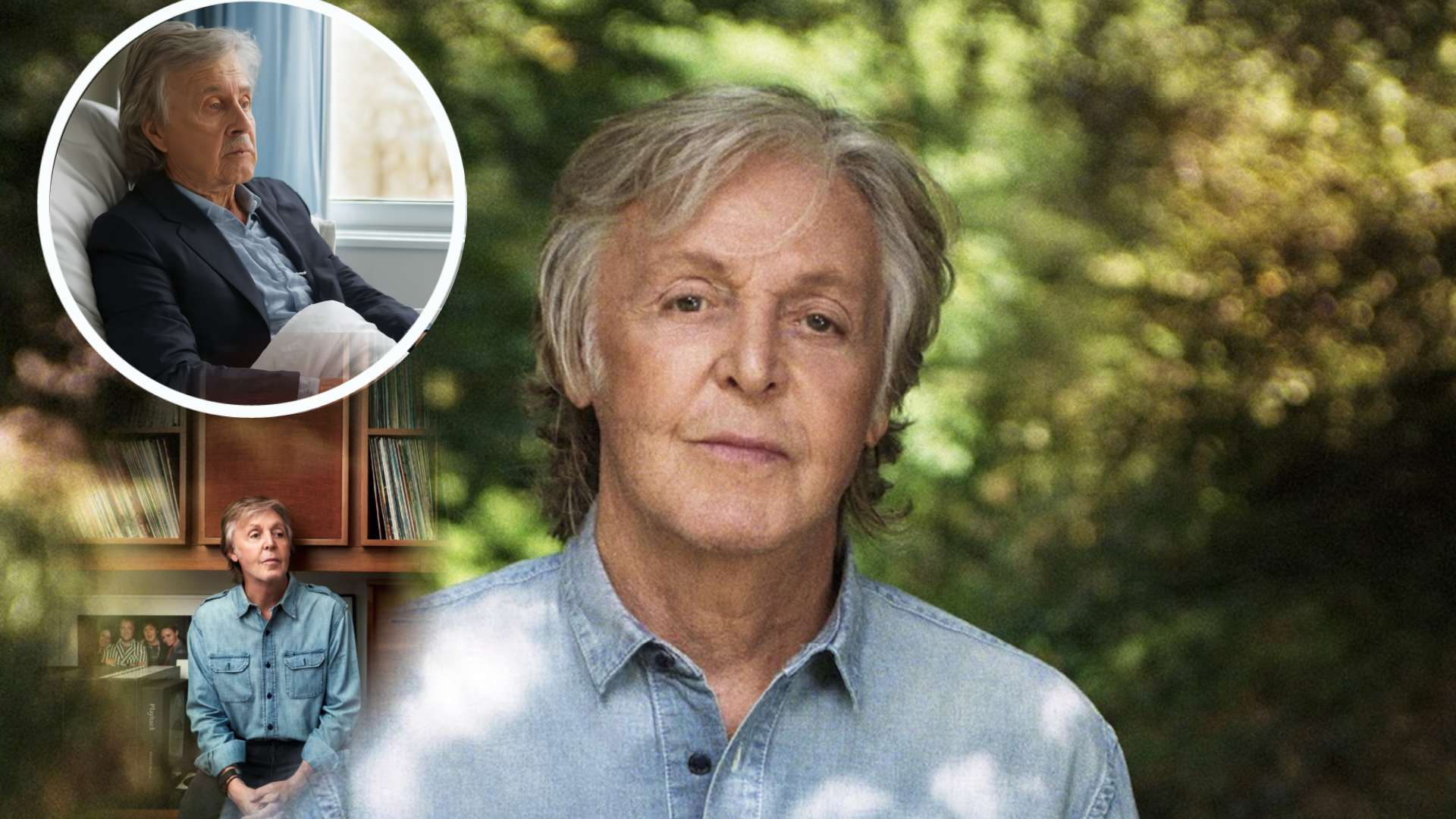
“Let It Be” is one of The Beatles’ most iconic and enduring songs, written by Paul McCartney and released as the title track of their 1970 album Let It Be. The song has become a symbol of peace, acceptance, and emotional resilience, with its simple yet profound lyrics and timeless message resonating with audiences worldwide. It marks a pivotal moment in The Beatles’ discography, serving as a farewell to both the band’s musical legacy and a reflective moment at the end of their career.
The story behind “Let It Be” is deeply personal. McCartney wrote the song after having a vivid, dream-like experience in which his late mother, Mary McCartney, appeared to him and offered reassurance during a time of uncertainty and tension within the band. The lyrics reflect this message of comfort and surrender, with the repeated line “Let it be” conveying a sense of letting go of worry and finding peace in difficult times. The phrase “let it be” itself implies a sense of acceptance, urging the listener to move forward in life without being weighed down by struggles or conflicts.
The lyrics of “Let It Be” are simple but deeply powerful. McCartney’s refrain of “Let it be, let it be, let it be, let it be / Whisper words of wisdom, let it be” encapsulates the song’s theme of letting go, trusting in life’s natural flow, and finding solace in the face of adversity. It’s a message that is universal, speaking to listeners of all ages and backgrounds, offering a sense of hope and emotional release.
Musically, “Let It Be” is a beautiful ballad, featuring McCartney’s lead vocals, a memorable piano part, and a full, lush arrangement that builds gradually. The song begins with McCartney playing the piano in a simple, straightforward manner, which is gradually joined by gentle strings, a soft guitar solo from George Harrison, and Ringo Starr’s subtle drumming. The build-up of these elements creates a soaring, uplifting atmosphere, perfectly complementing the song’s message of reassurance and calm. The production by Phil Spector, who was brought in to oversee the recording of the Let It Be album, features a “Wall of Sound” style that adds depth and grandeur to the track.
Although “Let It Be” was recorded during a difficult period in The Beatles’ history, marked by internal tensions and the eventual breakup of the band, the song itself remains a symbol of unity and peace. Despite its recording being fraught with challenges, it came to represent a moment of emotional clarity and reconciliation. McCartney’s vocal delivery on the track is sincere and emotionally charged, conveying the song’s message of finding inner peace amidst turmoil.
“Let It Be” was released as a single in 1970, and it became one of The Beatles’ most successful songs, reaching number one on the Billboard Hot 100 and becoming an anthem of hope and reassurance for generations. Over time, the song has been covered by numerous artists and continues to be one of the band’s most beloved tracks. It also became the title track for the band’s final studio album, Let It Be, which was released just after The Beatles’ breakup.
In conclusion, “Let It Be” is a timeless ballad that captures the essence of peace, acceptance, and wisdom. Its simple yet profound lyrics, coupled with its beautiful arrangement, make it one of The Beatles’ most enduring and impactful songs. The track continues to inspire listeners with its message of surrendering to life’s challenges and finding comfort in the face of uncertainty. Whether you’re facing difficult moments in your own life or simply appreciating the beauty of the music, “Let It Be” remains a reminder that sometimes the best way forward is to let go and trust that things will work out.